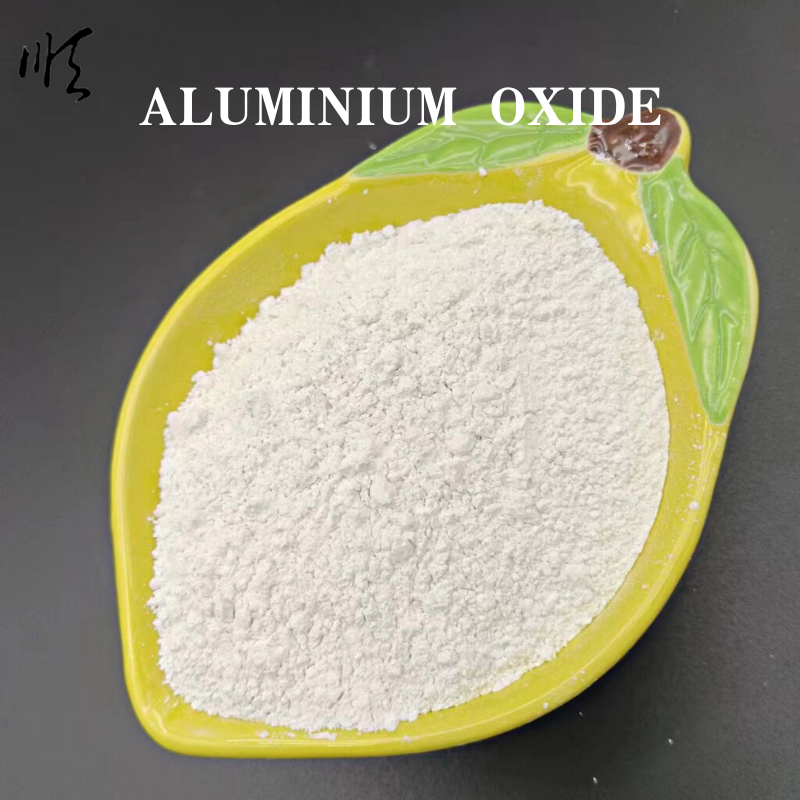
use of talc in dusting powder
The Use of Talc in Dusting Powder An Overview
The Use of Talc in Dusting Powder An Overview
One of the primary functions of talc in dusting powder is its moisture-absorbing capability. When applied to the skin, talc can help keep it dry and reduce sweating, making it particularly popular in products designed for use in hot climates or for individuals who are prone to excess perspiration. This feature has made talc a staple in the formulation of body powders, foot powders, and even baby powders. Additionally, talc contributes to a smooth texture, enhancing the application and overall user experience of dusting powders.
use of talc in dusting powder

Despite its benefits, the safety of talc has been a topic of significant debate. Concerns have emerged regarding the potential contamination of talc with asbestos, a known carcinogen. While cosmetic-grade talc is purified and tested to ensure it is free from asbestos, the possibility of contamination during mining and processing has raised alarm among consumers and regulatory bodies. As a result, many brands have begun to reformulate their products, opting for alternatives such as cornstarch or rice powder, which serve similar moisture-absorbing functions without the associated risks.
Regulatory agencies, including the U.S. Food and Drug Administration (FDA), monitor the use of talc in cosmetics, setting stringent guidelines to ensure consumer safety. As research continues to emerge, consumers are encouraged to make informed choices and to pay attention to product labeling.
In conclusion, while talc has been a popular and effective component in dusting powders, its safety has prompted a reevaluation of its use in cosmetics. As the industry evolves, it will likely move towards safer alternatives that maintain effectiveness while addressing health concerns. The future of dusting powders may very well depend on a balance between performance and safety.
Share
-
Premium Pigment Supplier Custom Solutions & Bulk OrdersNewsMay.30,2025
-
Top China Slag Fly Ash Manufacturer OEM Factory SolutionsNewsMay.30,2025
-
Natural Lava Rock & Pumice for Landscaping Durable Volcanic SolutionsNewsMay.30,2025
-
Custom Micro Silica Fume Powder Manufacturers High-Purity SolutionsNewsMay.29,2025
-
Custom Mica Powder Pigment Manufacturers Vibrant Colors & Bulk OrdersNewsMay.29,2025
-
Custom Micro Silica Fume Powder Manufacturers Premium QualityNewsMay.29,2025






